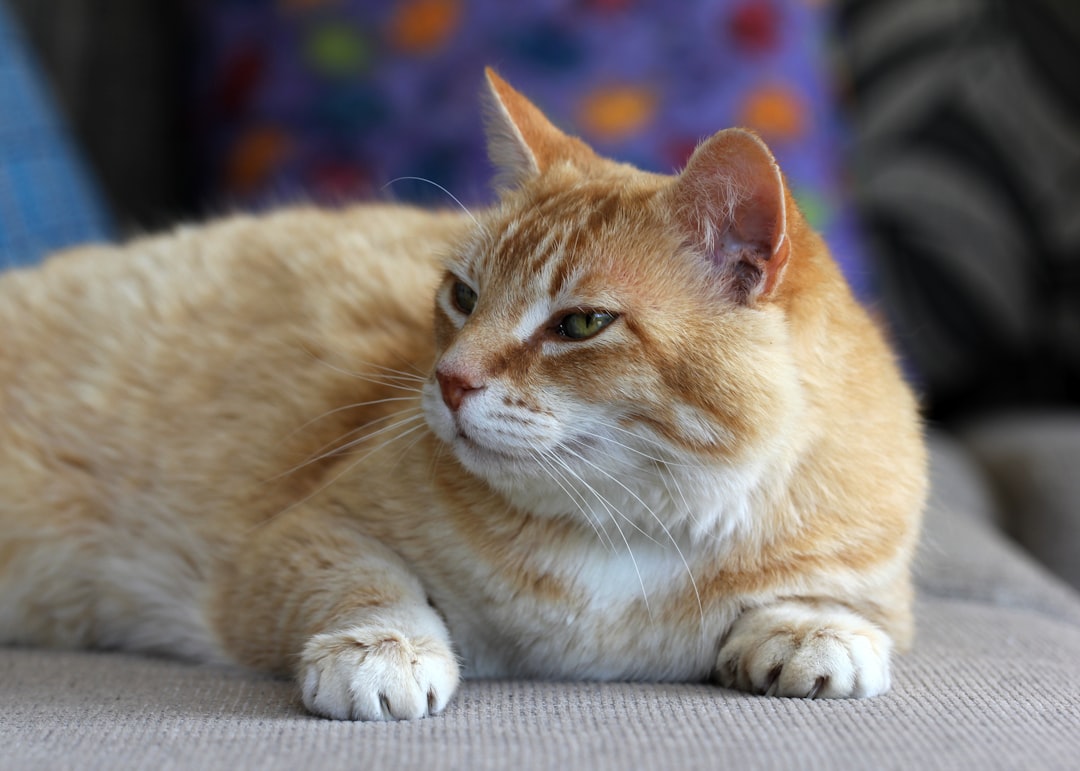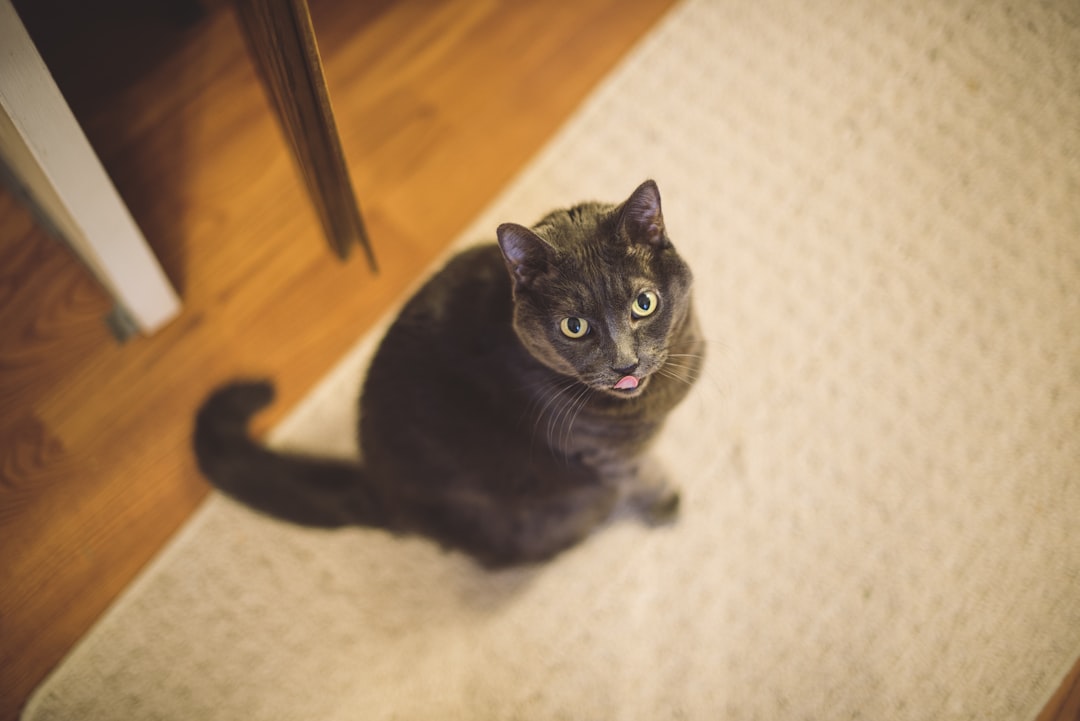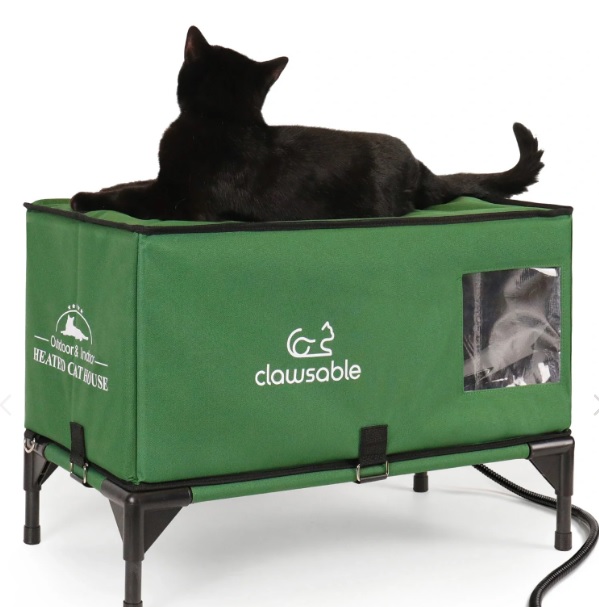As a cat owner, investing in a durable outdoor cat house can significantly enhance your feline friend’s well-being. Not only does it provide essential shelter from the elements, but it also offers a safe space for your cat to explore the great outdoors. With the right outdoor cat house, you can ensure your pet stays comfortable and protected, allowing them to enjoy the benefits of fresh air and natural surroundings. In this post, we will delve into the various advantages of having an outdoor cat house and guide you through the essential factors to consider when making your choice.
Benefits of Providing an Outdoor Cat House
Providing an outdoor cat house offers numerous advantages for both your feline friend and your household. Here are some key benefits:
Protection from Weather: An outdoor cat house shields your cat from harsh elements such as rain, snow, and extreme temperatures, ensuring their comfort year-round.
Increased Safety: By providing a designated outdoor space, an outdoor cat house keeps your pet safe from potential dangers like predators and environmental hazards.
Enhanced Exploration: Cats love to explore! An outdoor cat house encourages natural behaviors while giving your cat a secure place to retreat and relax.
Socialization Opportunities: Cats can interact with the natural world, including local wildlife. This fosters mental stimulation and enrichment, crucial for their well-being.
Personal Space: An outdoor cat house serves as a private sanctuary where your cat can feel safe and secure, especially if your household has multiple pets.
Overall, investing in a durable outdoor cat house not only enhances your cat’s quality of life but also contributes to their safety and happiness outdoors.
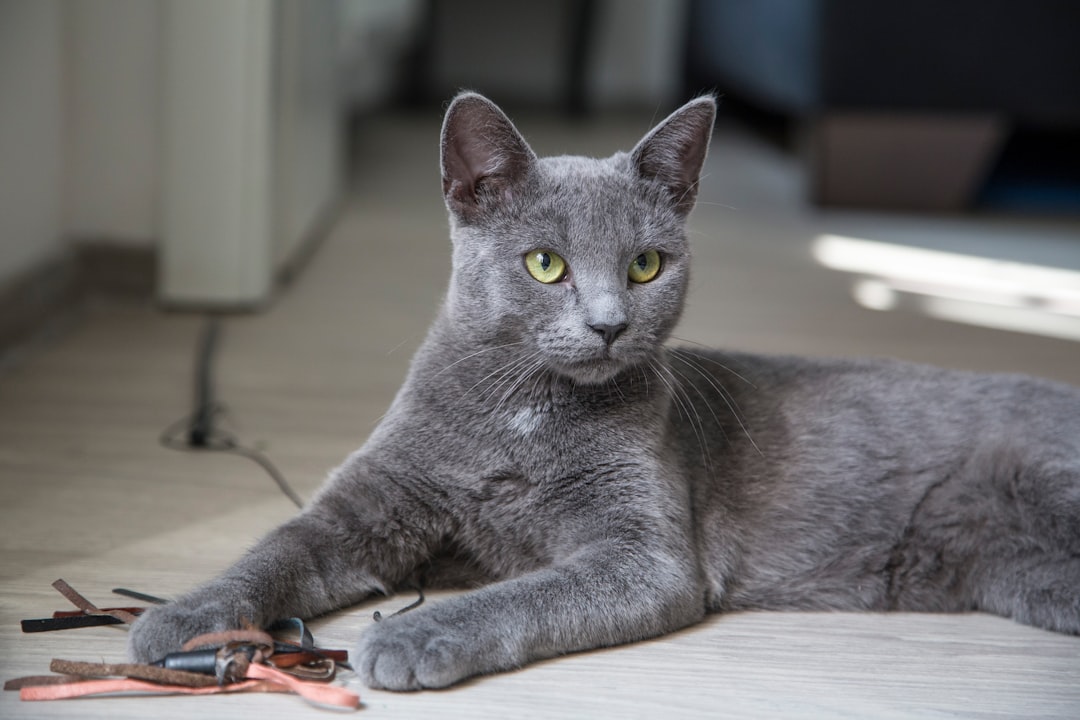
Factors to Consider When Choosing an Outdoor Cat House
Selecting the right outdoor cat house is crucial for your feline friend’s safety and comfort. Here are key factors to keep in mind:
Size: Ensure the outdoor cat house is spacious enough for your cat to move freely. A too-small house can create stress and discomfort.
Insulation: Look for an outdoor cat house with proper insulation, especially if your area experiences extreme weather conditions. Insulated houses help keep your cat warm in winter and cool in summer.
Material: Durable materials like wood and durable plastics resist wear and tear. Opt for weather-resistant options to ensure longevity.
Accessibility: Consider entry points. An outdoor cat house with multiple entrances prevents your cat from feeling trapped and enhances their sense of security.
Ease of Cleaning: Choose designs that allow for easy access for cleaning, as hygiene is vital for your cat’s health.
Safety Features: Check for features like elevated floors to prevent flooding and off-the-ground designs to avoid predators.
By focusing on these factors, you can select the ideal outdoor cat house that perfectly suits your pet’s needs.
Materials Used in Durable Outdoor Cat Houses
Selecting the right materials is crucial when choosing an outdoor cat house. Durability can impact your cat’s comfort and safety, so here are some common materials and their benefits:
Wood:
- Provides excellent insulation
- Naturally weather-resistant when treated
- Requires maintenance to prevent rot
Plastic:
- Lightweight and easy to clean
- Impervious to water and conditions
- May not offer the same insulation as wood
Metal:
- Extremely durable and long-lasting
- Resistant to pests and harsh weather
- Can become too hot or cold without proper insulation
Fabric:
- Used in some portable or collapsible outdoor cat houses
- Offers flexibility and ease of transport
- Less durable for prolonged outdoor exposure
When considering an outdoor cat house, evaluate the climate in your area and your cat’s specific needs. Combining materials might also enhance durability—like a wood frame with weather-resistant roofing. Check for quality and ensure the materials provide adequate protection and comfort for your beloved pet!
The Importance of Shelter for Outdoor Cats
Providing an outdoor cat house is essential for outdoor cats’ well-being and safety. Here are the key reasons why shelter matters:
Protection from the Elements: An outdoor cat house offers a safe haven from rain, wind, snow, and extreme temperatures. A well-insulated structure ensures your cat remains warm and dry during harsh weather conditions.
Safety from Predators: Outdoor cats face dangers from wildlife and other animals. A sturdy outdoor cat house provides a secure retreat, allowing your feline friend to escape threats and feel protected.
Stress Relief: When cats feel sheltered, they experience lower stress levels. An outdoor cat house creates a familiar space that can help them feel at ease while exploring their surroundings.
Health Benefits: Exposure to the elements can lead to health issues. A protected outdoor cat house reduces the risk of ailments like hypothermia, heatstroke, or respiratory illnesses by providing a refuge.
In summary, a durable outdoor cat house enriches your cat’s life by promoting security, comfort, and health, making it an invaluable investment for every outdoor cat owner.
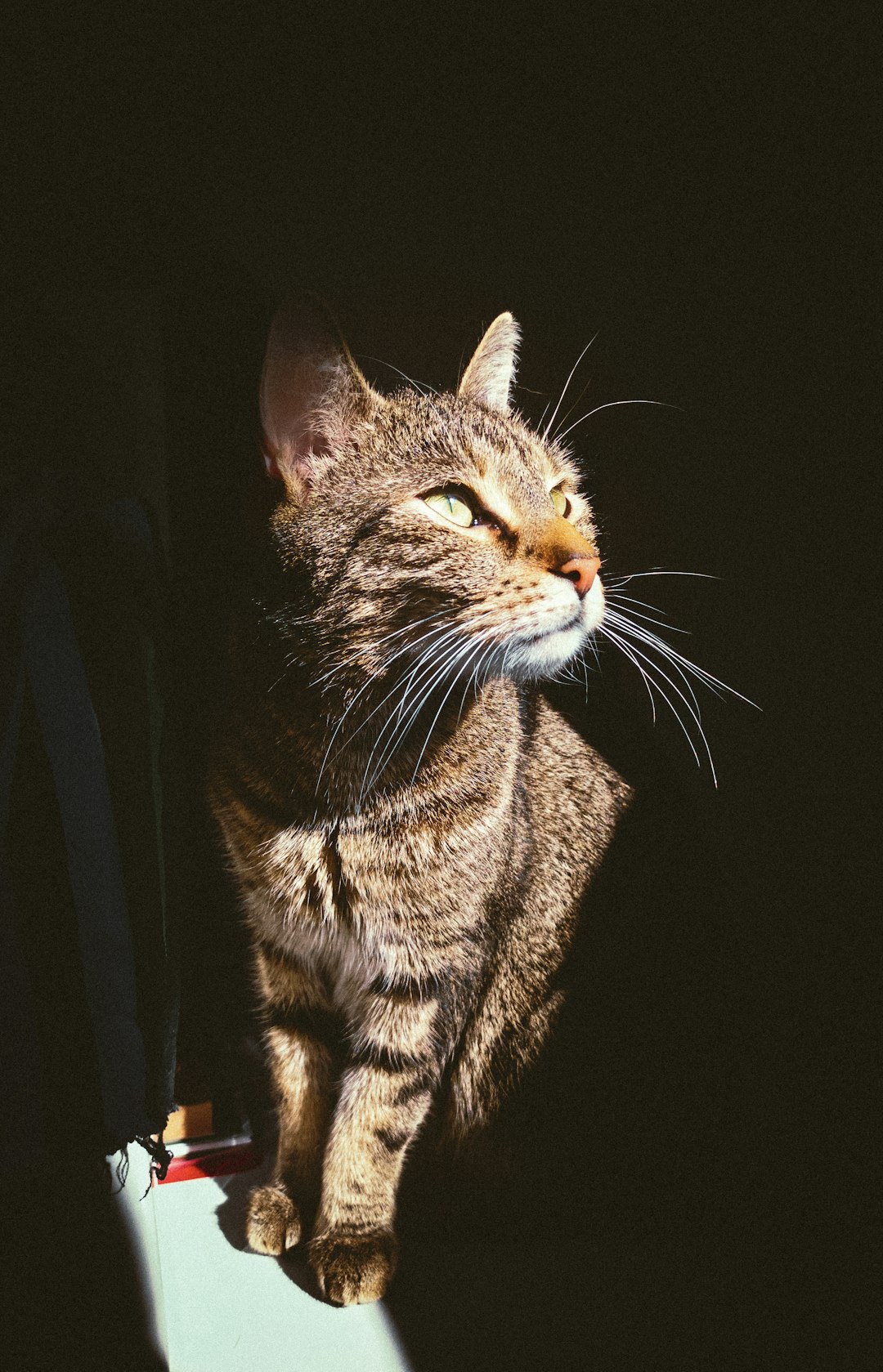
How to Properly Maintain an Outdoor Cat House
Maintaining an outdoor cat house is crucial for ensuring your feline friend stays comfortable and safe. Regular upkeep not only prolongs the life of the shelter but also fosters a healthy environment. Here are some essential maintenance tips:
Regular Cleaning:
- Weekly: Clean the interior with mild soap and water to remove dirt and waste.
- Monthly: Inspect and clean the exterior to prevent the buildup of mold or mildew.
Check for Damage:
- Inspect the structure: Look for cracks, loose parts, or worn-out areas that might need repairs.
- Replace damaged components: Use weather-resistant materials to fix any issues promptly.
Winterizing:
- Add insulation: Ensure the outdoor cat house is properly insulated to keep your cat warm.
- Seal openings: Use weather stripping or caulk to close gaps and prevent drafts.
Pest Control:
- Use natural repellents: Keep insects and rodents at bay by using safe, natural deterrents.
By following these maintenance steps, you can provide a secure and inviting space for your outdoor cat, allowing them to thrive while remaining protected.
Features to Look for in a Quality Outdoor Cat House
When selecting a durable outdoor cat house, several essential features guarantee your feline companion’s comfort and safety. Consider the following key aspects:
Weather Resistance: Look for materials like insulated wood or waterproof synthetic materials to protect from rain, snow, and wind.
Size and Space: Ensure the outdoor cat house is spacious enough for your cat to move around comfortably. It should accommodate their size while offering cozy corners.
Ventilation: Proper airflow is crucial. A quality outdoor cat house should have adequate ventilation to prevent overheating while keeping your cat dry.
Ease of Access: Features like a cat flap or a removable roof simplify entry and exit for your pet.
Secure Design: Ensure the structure is sturdy and predator-proof. Reinforced doors and secure windows help prevent unwanted intruders.
Easy Maintenance: Look for designs that allow easy cleaning, as this will keep your outdoor cat house sanitary and inviting.
By focusing on these features, you can provide a safe and comfortable outdoor cat house that your feline will love!
Common Misconceptions About Outdoor Cat Houses
As a cat owner, you might encounter several misconceptions about outdoor cat houses that could affect your decision to provide one. Let’s debunk those myths:
Myth 1: Outdoor cat houses are only for feral cats
While feral cats benefit from them, an outdoor cat house is also perfect for domestic cats seeking exploration.Myth 2: All outdoor cat houses are the same
Drastically different in quality and design, not all outdoor cat houses offer the same protection or comfort levels. Prioritize options made from durable materials.Myth 3: Cats can’t adapt to outdoor shelters
Contrary to this belief, many cats thrive when they have a safe outdoor space. They often enjoy the fresh air while remaining protected from harsh weather.Myth 4: Outdoor cat houses attract pests
A well-maintained outdoor cat house, equipped with proper ventilation and drainage, can actually deter pests rather than attract them.
Understanding these misconceptions can help you make informed choices, ensuring your cat enjoys the benefits of a cozy and safe outdoor cat house.
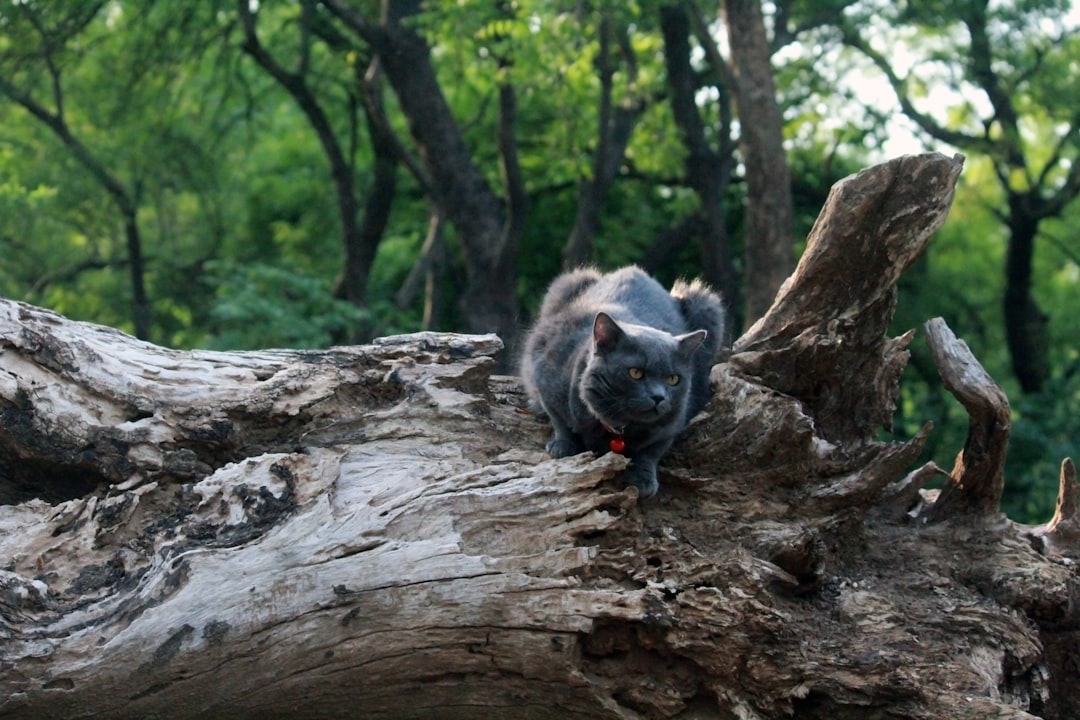
Tips for Introducing Your Cat to an Outdoor House
Introducing your cat to an outdoor cat house can be a rewarding experience, but it requires patience and care. Here are some effective tips to ensure a smooth transition:
Choose the Right Time: Select a calm, sunny day for the introduction, as your cat may feel more relaxed in pleasant weather.
Familiarize the Cat: Before placing your cat inside the outdoor cat house, let them explore its surroundings. Allow them to sniff and investigate without pressure.
Use Treats: Lure your cat inside by placing their favorite treats or toys in the outdoor cat house. This positive reinforcement encourages exploration.
Create a Safe Space: Ensure the outdoor cat house is placed in a sheltered area away from busy pathways or potential dangers like loud noises that might scare your cat.
Monitor Their Comfort: Stay nearby and observe your cat’s behavior. If they seem hesitant or anxious, give them time. It’s important that they feel secure in their new space.
By following these tips, you’ll create a comfortable environment for your cat, helping them transition to their outdoor cat house with ease.
Frequently Asked Questions
What are the benefits of having a durable outdoor cat house?
A durable outdoor cat house provides numerous benefits for both the cat and the owner. First and foremost, it offers protection from harsh weather conditions, including rain, snow, and extreme heat. This shelter allows cats to explore the outdoors safely, while minimizing risks such as predatory animals or harsh environmental factors. Additionally, a durable outdoor house can contribute to a cat’s mental well-being by creating a safe space to retreat, lounge, and observe their surroundings. Investing in a well-constructed cat house ensures longevity and reduces the need for replacement, ultimately saving money in the long run.
How should I choose the right outdoor cat house for my pet?
When selecting an outdoor cat house, consider several crucial factors to ensure the best fit for your feline friend. Firstly, assess the size of the house; it must be spacious enough for your cat to comfortably stand, turn, and lie down. The material is equally important; opt for weather-resistant options such as wood or durable plastic that can withstand various outdoor elements. Ventilation and insulation are also vital to maintain temperature regulation inside the house. Finally, look for features like an elevated base to keep the house dry, and easy access for cleaning to promote hygiene.
Can outdoor cat houses be used for multiple cats?
Yes, many outdoor cat houses can accommodate multiple cats, but it’s essential to ensure that the size and design are appropriate for more than one felines. Look for a house that provides enough square footage for the cats to coexist without feeling cramped. Additionally, consider models with multiple entrances or separate compartments to reduce territorial disputes among the cats. It’s also advisable to provide additional resources like food and litter boxes in different locations to minimize competition and potential stress within the group.
Are outdoor cat houses safe from wildlife and other outdoor dangers?
While outdoor cat houses provide a safe haven, it’s crucial to position them thoughtfully to mitigate risks from wildlife and other outdoor threats. Choose a location that is away from dense bush or undergrowth, which could harbor predators. Ensure the house has secure entrances that are too small for larger animals to enter. Installing a sturdy lock or secure latch can also help prevent unwanted access. Additionally, spending time outdoors with your cats can help monitor their interactions with the environment and allow for a safer outdoor experience.

